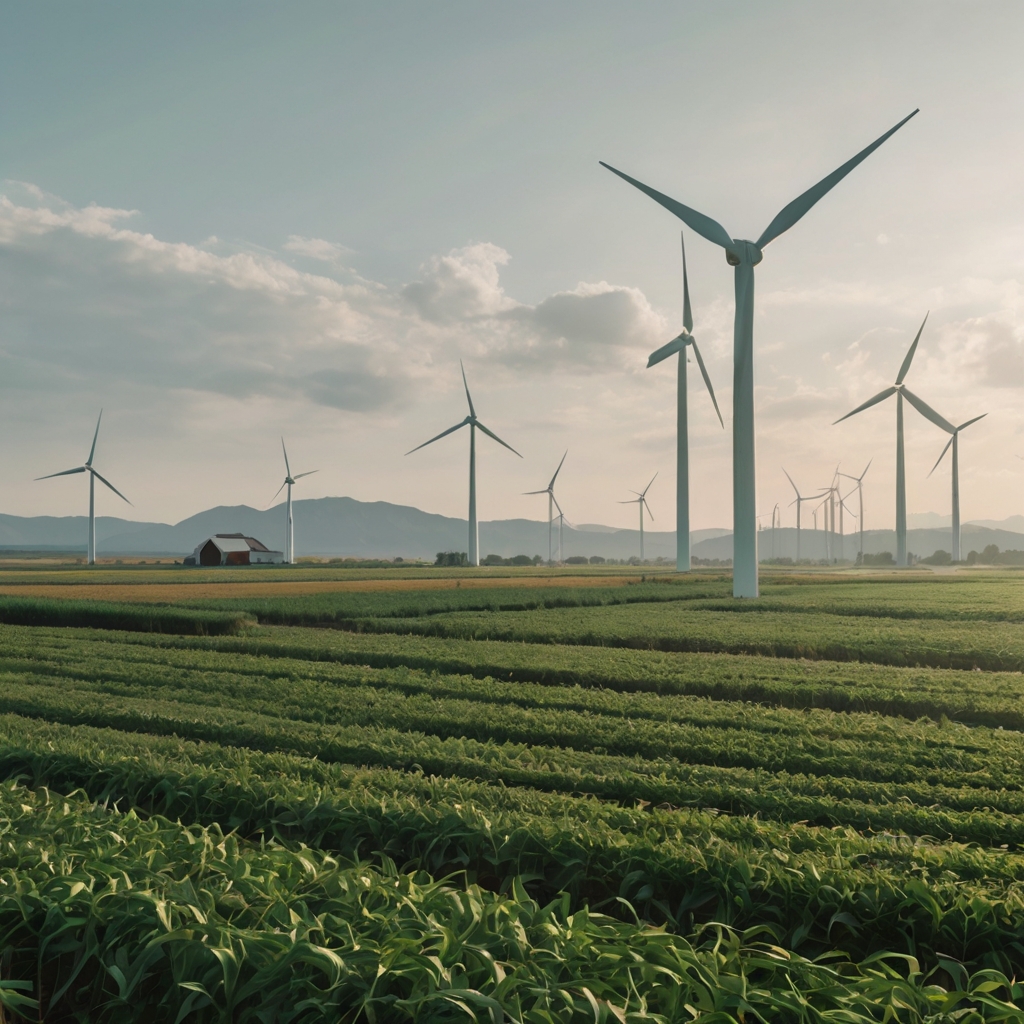How to Achieve Net Zero in USA – Complete Guide for a Sustainable Future
How to achieve net zero in USA is one of the most important questions in today’s climate conversation. Net zero means balancing greenhouse gas emissions with actions that remove or offset them, ensuring that the country does not contribute to further global warming. For the United States, achieving net zero is not only about protecting the planet but also about boosting clean energy jobs, improving public health, and strengthening the economy. In this guide, we’ll explore what net zero means, why it matters, and the strategies America can use to create a sustainable and carbon-free future.
Understanding Net Zero in USA
Net zero refers to the balance between the greenhouse gases we emit and the amount removed from the atmosphere. The goal is simple: reduce emissions as much as possible and offset what remains through solutions like reforestation, carbon capture, or renewable energy credits.
In the USA, the commitment to net zero goes hand in hand with tackling climate change and meeting global sustainability goals. For citizens, businesses, and policymakers, understanding this concept is the first step toward building a future where clean energy and low-carbon living are the norm.
Why Achieving Net Zero in USA Matters
Reaching net zero in the USA has far-reaching benefits:
-
Climate Protection: Reduces the impact of extreme weather events, rising sea levels, and biodiversity loss.
-
Economic Growth: Expands green jobs in industries like solar, wind, and sustainable construction.
-
Health Benefits: Cuts air pollution, leading to fewer respiratory diseases and healthier communities.
-
Energy Independence: Reduces reliance on imported fossil fuels, making the USA more resilient.
Achieving net zero is not only an environmental goal—it’s also about creating stronger communities and a thriving, future-ready economy.
Key Strategies to Achieve Net Zero in USA
Transition to Renewable Energy
One of the biggest steps toward net zero is replacing fossil fuels with renewable energy sources like solar, wind, hydro, and geothermal. The USA is already investing heavily in renewable infrastructure, and scaling it further will drastically cut carbon emissions.
Improve Energy Efficiency
Upgrading homes, offices, and industries with energy-efficient technologies can reduce energy waste. From LED lighting and smart thermostats to high-efficiency appliances, efficiency measures make energy use smarter and greener.
Electrify Transportation
Transportation is one of the largest sources of emissions in the USA. Transitioning to electric vehicles (EVs), investing in public transit, and building nationwide charging networks are essential for reducing carbon output.
Decarbonize Industries
Sectors like steel, cement, and manufacturing are difficult to decarbonize but critical for achieving net zero. Using clean hydrogen, carbon capture technologies, and innovative materials can help reduce industrial emissions.
Expand Carbon Capture and Storage
Not all emissions can be eliminated, so carbon capture and storage (CCS) solutions are vital. These technologies capture CO₂ from industrial sources and store it underground, preventing it from entering the atmosphere.
Protect and Restore Natural Ecosystems
Forests, wetlands, and grasslands absorb carbon naturally. Expanding reforestation efforts and protecting ecosystems will enhance the USA’s ability to balance emissions.
Role of Government Policies in Achieving Net Zero
Government action plays a central role in steering the USA toward net zero. Policies like tax credits for renewable energy, stricter vehicle emissions standards, and incentives for sustainable farming can accelerate progress. Federal and state-level collaboration is critical, along with global commitments to climate agreements.
The Inflation Reduction Act (IRA), for example, includes significant investments in clean energy and carbon reduction strategies. With strong policy support, businesses and communities have the resources to make meaningful changes.
Community and Business Involvement in Net Zero
While policies provide the framework, communities and businesses bring action to life. Local governments can adopt green building codes, cities can expand bike lanes, and individuals can shift toward sustainable lifestyles.
Businesses also play a huge role by adopting eco-friendly supply chains, reducing waste, and committing to science-based targets. From small startups to global corporations, sustainability is becoming a core value that drives both profit and purpose.
Challenges in Achieving Net Zero in USA
The road to net zero is not without obstacles:
-
High Transition Costs: Shifting to renewable energy and new technologies requires upfront investment.
-
Fossil Fuel Dependence: Many regions still rely heavily on coal, oil, and natural gas.
-
Policy Gaps: Inconsistent state and federal policies can slow progress.
-
Equity Issues: Ensuring fair access to clean energy and avoiding disproportionate impacts on vulnerable communities is critical.
Recognizing these challenges allows for smarter solutions and ensures that the transition is inclusive and effective.
Future of Net Zero in USA
The future of net zero in the USA is promising. As renewable technologies become cheaper and innovation accelerates, the pathway to a low-carbon economy becomes clearer. By 2050, the USA aims to achieve full net zero, reshaping industries, infrastructure, and lifestyles in the process.
Advancements in artificial intelligence, smart grids, and sustainable agriculture will further support this transformation. With continued commitment, the vision of a carbon-neutral America is not just a goal—it’s within reach.
Final Thoughts
Understanding how to achieve net zero in USA is about more than reducing emissions—it’s about reimagining the future. A net zero America means cleaner air, better jobs, healthier communities, and a safer climate. Achieving it requires collaboration between government, businesses, and individuals, all working together toward a shared vision of sustainability.
The steps may be challenging, but the outcome is worth it: a resilient, thriving, and climate-safe United States.















